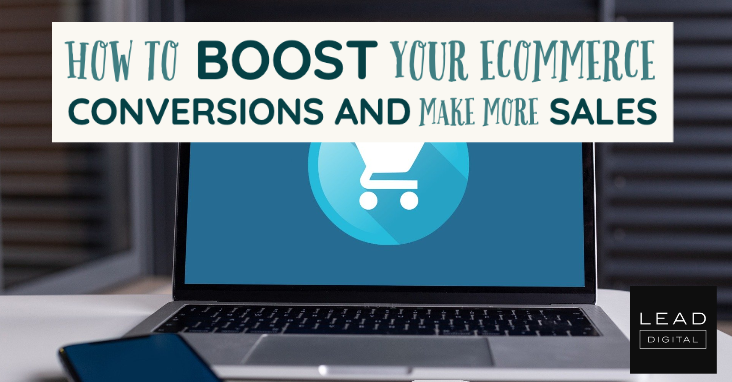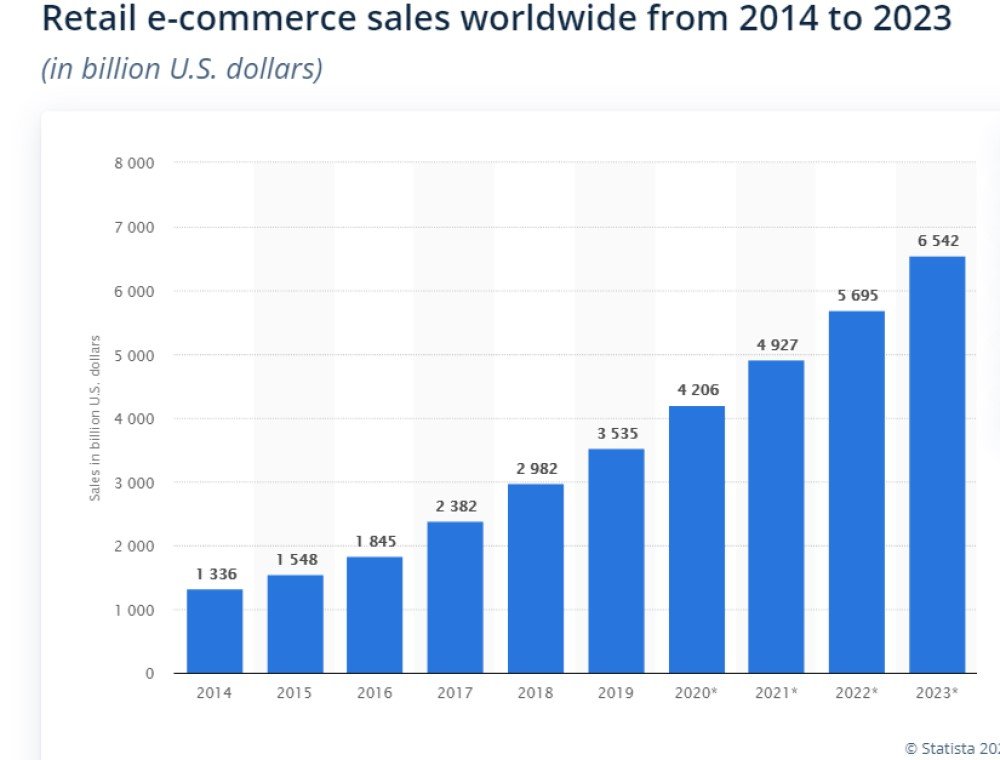
With offline stores across the globe stalled due to the Covid-19 pandemic, shoppers and businesses are adopting eCommerce like never before.
As shown in the graph below, the value of global eCommerce sales reached USD3.5 billion in 2019. This figure can get almost double by 2023[1].

Image Source: [1]
A recent estimate[2] puts the number of global eCommerce firms between 2 and 3 million. This excludes businesses based in China. In order to get a foothold in the sector, learning how to improve your eCommerce conversion rate is paramount.
This eCommerce conversion rate guide brings you tips on generating more sales from the visitors on your site.
How is eCommerce conversion measured?
An eCommerce conversion is a site visitor turned into a customer. Attempts to increase your eCommerce conversions are generally focused on the product page or pages and the checkout process.
Take, for instance, a site that gets 1,000 visitors and makes 20 sales. Your calculation would be (20 / 1,000) x 100. That produces a resulting eCommerce conversion rate of 2%. While knowing your site’s conversion rate is important, understanding it is critical.
The idea of measuring average conversion rates for your site is an excellent place to start with.
Conversion benchmarks by sector
Millions of online stores that operate globally are spread across a plethora of sectors, offering a variety of products and services. However, conversion rates vary by industry. A study [3] by Littledata found the global average to be 1.4% across various industries and devices. However, you must dig a little deeper to genuinely understand your site performance.
It’s imperative to keep track of your industry’s performance and update yourself. You can do so by understanding how eCommerce conversion rate benchmarks stack up within your industry. This information is available online.
IRP Commerce provides a kind of one-stop-shop for eCommerce market data [4]. You can find the average eCommerce conversion rates by industry here. For instance, you could use the site to find that the average rate for sports and recreation stores, as of March 2020, is 1.42% [5]. You can find similar information for a wide range of sectors.

Image Source: [2]
Finding a benchmark for your sector is critical, as it helps you optimize your sales funnel to drive more conversions.
How to improve your eCommerce conversion rate
They say that acknowledging a problem is the first step towards solving it. If you’ve discovered your conversion rate, you’ve already taken that first stride. You’ve identified that eCommerce A/B testing could be a part of the solution. In the following section, you will find six components in your existing optimization strategy that you can tweak to optimize your conversion rates.
User flow and UI
User flow defines the visitor’s journey on your website as they accomplish a task. Don’t make your prospects struggle on your web page to do so.
You can start optimizing the user flow as the first step in your eCommerce conversions optimization efforts. In the case of eCommerce websites, a user journey can have multiple steps before they make an actual purchase. These steps can be termed as micro conversions, which can include signing up for your website, adding a product to cart, clicking on a discount link, etc.
Micro conversions should direct the user towards the main conversion, that is, a purchase. This journey has to be as seamless as possible and avoid any friction that might result in visitor’s expulsion from the sales funnel. – Read more



